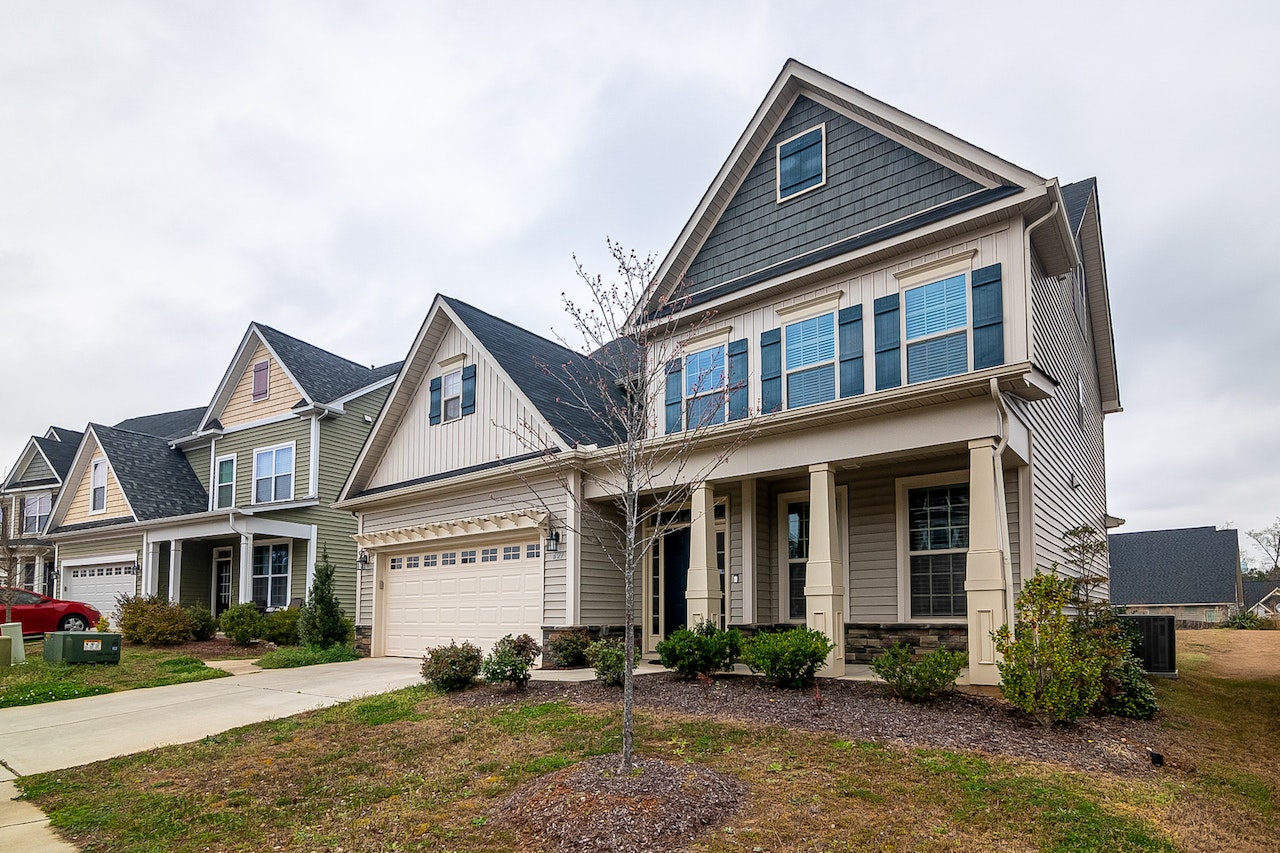Homebuyers across the nation have pulled back from the housing market this autumn, grappling with the impact of escalating mortgage rates on their purchasing capacity.
According to the National Association of Realtors, pending home sales for August witnessed a staggering 7.1% drop compared to the preceding month, in stark contrast to the 0.9% monthly surge recorded in July. This decline, far worse than the 1.0% contraction projected by Bloomberg economists, was pervasive, with every region experiencing both monthly and year-over-year declines.
On an annual basis, pending transactions plummeted by 18.7%. This sharp drop in the index, a leading gauge of the housing market’s vitality, underscores the constraining effect of expensive mortgages, soaring prices, and limited inventory. Seasonal trends may also have played a contributing role.
Chief Economist of the National Association of Realtors, Lawrence Yun, stated, “Mortgage rates have surpassed 7% since August, reducing the pool of potential homebuyers. Some prospective buyers are taking a step back, reassessing their preferences regarding location and type of residence to align better with their budgets.”
In the Northeast, contract signings decreased by 0.9% from the prior month and plummeted by 18.2% compared to August 2022. The Midwest saw a 7.0% dip in pending sales, alongside a 19.1% year-over-year decline.
In the South, pending sales experienced a sharp 9.1% monthly decline in August, coupled with a 17.6% drop from the previous year. The Western region saw a 7.7% retreat and a substantial 21.4% decline from August 2022.
Senior Economist at Zillow, Orphe Divounguy, explained, “The drop in pending home sales is due to a combination of higher mortgage rates and seasonal factors, with sales typically falling this time of year and the recent increases in rates have lowered mortgage demand and housing supply.”
The surge in mortgage rates has dealt a dual blow to supply and demand dynamics. Higher mortgage rates have dissuaded homeowners from listing their properties, while homebuyers are left with limited options in the resale market. “Buyers simply can’t buy what’s not for sale,” Divounguy emphasized.
In August, the average rate for a 30-year fixed mortgage surged to 7.23%, reaching its highest point since June 2001 when rates stood at 7.24%, as reported by Freddie Mac. Rates have maintained above 7% for six consecutive weeks, placing significant pressure on affordability. Updated rate data is expected to be released this Thursday at noon EDT.
The heightened mortgage rates have also deterred demand, with many potential homebuyers hesitating due to sticker shock.
For example, mortgage loan applications for purchases declined by 2% from the previous week on a seasonally adjusted basis, according to data from the Mortgage Bankers Association for the week ending September 22. Unadjusted, the index measuring purchase applications was 27% lower than the same period a year ago.
The surge in borrowing costs is even impacting the new home market, which had previously thrived on the scarcity of resale stock. Sales of newly constructed homes plummeted by 8.7% to a seasonally adjusted rate of 675,000 units in August, according to the most recent Census Bureau data.
Colin Johanson, US macroeconomic research Analyst at Barclays, noted, “The level of sales showed some effect of elevated mortgage rates in action on housing demand. The decline can also be attributed to the sharp decline seen in last week’s August housing starts release as many new home sales are sold before or when construction starts, thus causing some downward pressure to today’s new home sales release.”
While the lean inventory in the market has allowed builders to step in and replenish housing supply by offering various incentives to entice potential buyers to the new construction market, there is only so much that can be done as borrowing costs continue to rise.
“It’s clear that increased housing inventory and better interest rates are essential to revive the housing market,” Yun emphasized.
However, it appears unlikely that mortgage rates will substantially decrease in the near future. Federal Reserve Chair Jerome Powell stated last week that the central bank might raise its benchmark interest rate again this year and is likely to maintain the rate at elevated levels if inflation does not return to its 2% target.
In response, Yun expressed concern about mortgage rates, stating, “In the short run, it’s possible that rates may go up to 8%.”
Source: Yahoo Finance



